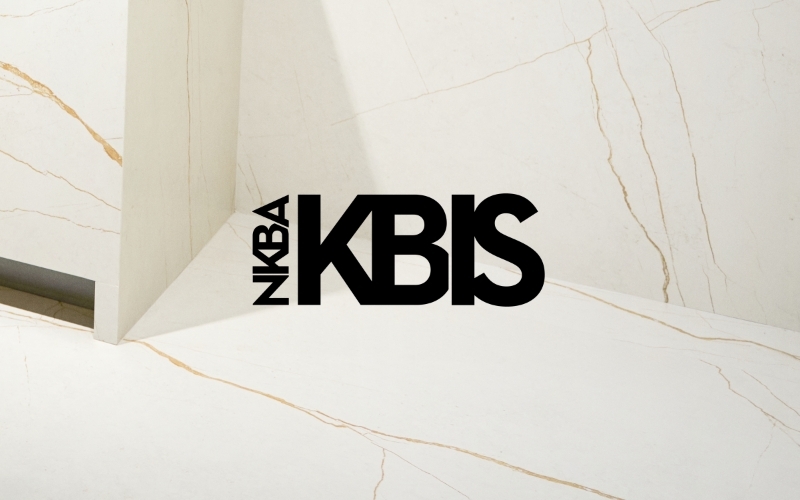Marketing Insights
This post is the fifth in a series about my experience building a house – from how we picked our lot to what it’s like watching your dream home transform from a drawing into a real thing with shingles, windows and doors.
Homebuilding is a personal experience, and all the stories shared in this series are real. But as a marketer focused on the home industry, I also jumped at the chance to play secret shopper, market researcher, experience analyst, and judge and jury on which communication, marketing and sales tactics work well – and those that need a complete overhaul.
My husband and I signed a contract with our homebuilder a week after St. Patrick’s Day. Before April showers turned to May flowers, we’d selected all of our cabinets and countertops, lighting and flooring. And once upon a time, I thought I’d be carving a Thanksgiving turkey in our new dining room and hanging a Christmas wreath on our new front door.
But building a home has reminded me that life doesn’t ever turn out exactly as we expect.
In early November, our original closing date came and went. Instead of scheduling movers, I extended the lease on our temporary living space. Meanwhile, my husband and I tried to focus on the positives: our builder was finally making real, visible progress on our home. We had framing and shingles, windows and doors. We had a pre-drywall inspection and walkthrough on the calendar. We had a light at the end of the tunnel.

For anxious homebuyers, waiting for move-in day is tough. But the homebuilding business is even tougher. That’s why I’m sharing these tips to help builders keep their customers happy through the dog days of construction.
Set clear expectations.
This is important from start to finish, and it begins with open, honest communication.
If mistakes are made – and they often are – the builder should flag them and outline a plan for fixing them. If the homebuyer uncovers framing errors or other construction problems and has to bring them to your attention, that will only erode the trust you’ve worked so hard to foster.
It’s also crucial that your customer understands the timing and sequence of events such as the pre-drywall walkthrough, particularly if they wish to hire an independent home inspector to inspect the structure before drywall starts.
When framing began, our builder shared a schedule that outlined the remaining steps in the construction of our home. He warned us that construction schedules are never set in stone – and that we couldn’t count on the closing date until after the drywall had been completed – but seeing the milestones for our home and the plan for reaching them did two important things. First, it helped us understand all that goes into building a house. Second, it increased our trust in the builder.
Remember, how you treat your customers is a form of marketing.
Whether you’re a volume homebuilder or a custom builder, it’s crucial to recognize that your buyer is paying the bills. Never treat them as if they’re disturbing you or wasting your time. They are your partner in the process.
And, never forget the power of word of mouth. Creating a positive experience may take more time, but it will likely result in client referrals – e.g., more revenue.
Avoid common pain points.
Once they reach this stage, buyers often become more eager to set a closing date, which will allow them to lock into a rate on a home loan or begin transitioning out of their current living arrangements. Thus, it’s crucial that you communicate a final schedule as soon as you’re comfortable doing so. Putting your customer’s mind at ease as early as possible means you will have more bandwidth to focus on your main job – building the home.
Homebuilding is a business – and fair is fair – but it’s also important not to fight your customer on minor items that cost far less than the total price of the home. For example, after seeing it roughed in, we asked our builder to move an extra electrical outlet for which we had paid a small premium at the design center. He could have balked – after all, we signed off on the black line drawing – but he agreed to work with us, and that went a long way toward bolstering our relationship. This isn’t to say that your customer gets to make all of the rules; it just means you should choose your battles wisely.
Put quality first.
Any builder-buyer relationship is a house of cards without quality. Never cut corners on quality for the sake of cost or speed. On the flip side, quality craftsmanship can go a long way toward easing your customer’s concerns if things are moving slowly.
Celebrate the milestones, not just the finished product.

Our builder takes buyers on a celebration walk just before they close on the finished home. But in a way, our pre-drywall walkthrough was a celebration, too. More than seven months had passed since the day we stood on our empty lot and decided to call it our own, but walking the framed-out halls of our future home rekindled our excitement after a long wait that hasn’t always been easy.
Bottom line: you may build hundreds of houses in your career, but this could be the only time your customer ever builds a home. Celebrate major milestones together, and they’ll remember you as the one who helped turn their dream into a reality.
Next, I’ll report on our construction completion and share final photos. Thanks for joining me on my homebuilding journey!
You might also like:
Homebuilding Insights: Construction Start
Homebuilding Insights: Preconstruction


